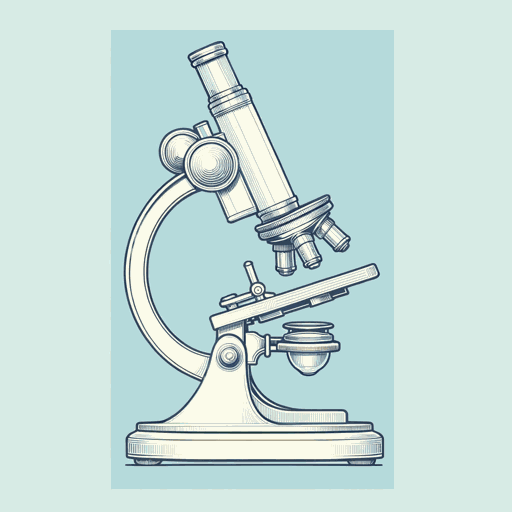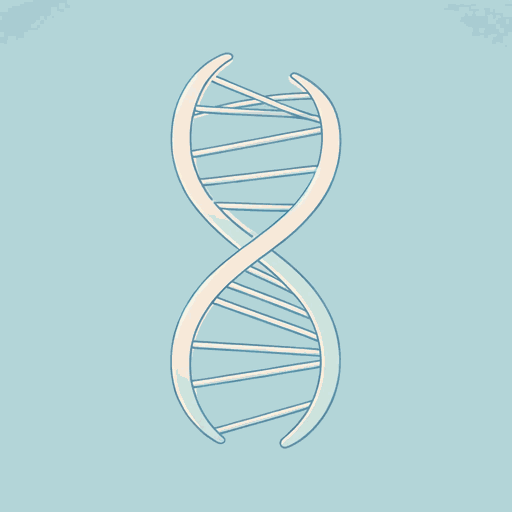71 pages • 2 hours read
Siddhartha MukherjeeThe Song of the Cell: An Exploration of Medicine and the New Human
Nonfiction | Book | Adult | Published in 2022A modern alternative to SparkNotes and CliffsNotes, SuperSummary offers high-quality Study Guides with detailed chapter summaries and analysis of major themes, characters, and more.
Part 2, Chapters 5-8Chapter Summaries & Analyses
Part 2: “The One and the Many”
Chapter 5 Summary: “The Organized Cell: The Interior Anatomy of the Cell”
In the opening chapter of Part 2, Mukherjee turns to cell anatomy. A cell has three primary parts. The first is the cell membrane, which encircles the cell’s outer boundary, helping define and protect the cell. The cell membranes are made from proteins and fatty-acid-based lipids. They’re porous, which enables the transport of nutrients into the cell and the transport of toxic materials out of the cell.
The fluid within the cell, which is variously called cytoplasm, cytosol, or protoplasm (Mukherjee uses the term “cytoplasm” going forward), represents the second part of the cell. It’s enclosed by the cell membrane but external to the nucleus. Cytoplasm is highly organized. The cell’s cytoskeleton, which is responsible for its structure and cytoplasm, appears as “ropelike structures” made of protein scaffolds.
Ribonucleic acid (RNA), which is present in all living cells, is found in cytoplasm. It has a complex shape and is composed of “four subunits: adenine (A), cytosine (C), uracil (U), and guanine (G)” (79). The nucleus produces RNA. RNA’s principal role is to carry instructions for controlling the creation of proteins. The site of protein synthesis is the ribosome. Ribosomes contain both RNA and protein. Proteins in cells are important because they “control the chemical reactions of life” (80).
Related Titles
By Siddhartha Mukherjee



